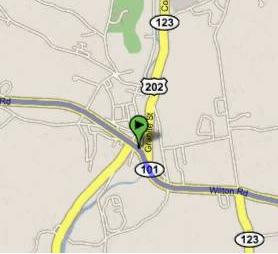Last January, when I first wrote about the medium that I've since come to call screencasting, it seemed an odd-enough topic that I felt obliged to justify it to my editor.
A year later it's clear that my instincts weren't leading me astray. I'm now using screencasts -- that is, narrated movies of software in action -- to showcase application tips, capture and publish product demonstrations, and even make short documentaries. And I'm seeing others around the Net starting to do the same. Now's a good time to explain why I think this mode of communication matters and will flourish.
...
If you think about it, we rarely get to observe in detail how other people use their software tools. Now that it's almost trivial to make and publish short screencasts, can we expose our software-tool-using behavior to one another in ways that provoke imitation, lead to mastery, and spur innovation? It's such a crazy idea that it just might work. [Full story at InfoWorld.com]
Today's screencast is a four-minute short about Google Maps, showing how the route animation bookmarklet works. Here is the complete text of that bookmarklet:
javascript: (function () {mv = function(i) { c = _m.map.directions.polyline.getPoint(i);_m.map.recenterOrPanToLatLng(c); _m.map.setMarkerPosition(_m.map.directionsStart, N.get("local"), c); if (i < _m.map.directions.polyline.numPoints - 1) {window.setTimeout("mv("+(i+1) + ")",750)}}; mv(0)})();
 Just one tiny function that runs on a timer, steps through the points along the route, recenters the map accordingly, and moves the start marker. Wow! I was feeling slightly bummed when Google shut down the output=xml option, but this opens up whole new avenues of discovery and hacking. That Google Maps can run as a Web application and do the things is in itself remarkable. But the openness and easy extensibility are just breathtaking.
Just one tiny function that runs on a timer, steps through the points along the route, recenters the map accordingly, and moves the start marker. Wow! I was feeling slightly bummed when Google shut down the output=xml option, but this opens up whole new avenues of discovery and hacking. That Google Maps can run as a Web application and do the things is in itself remarkable. But the openness and easy extensibility are just breathtaking.
Former URL: http://weblog.infoworld.com/udell/2005/02/17.html#a1179